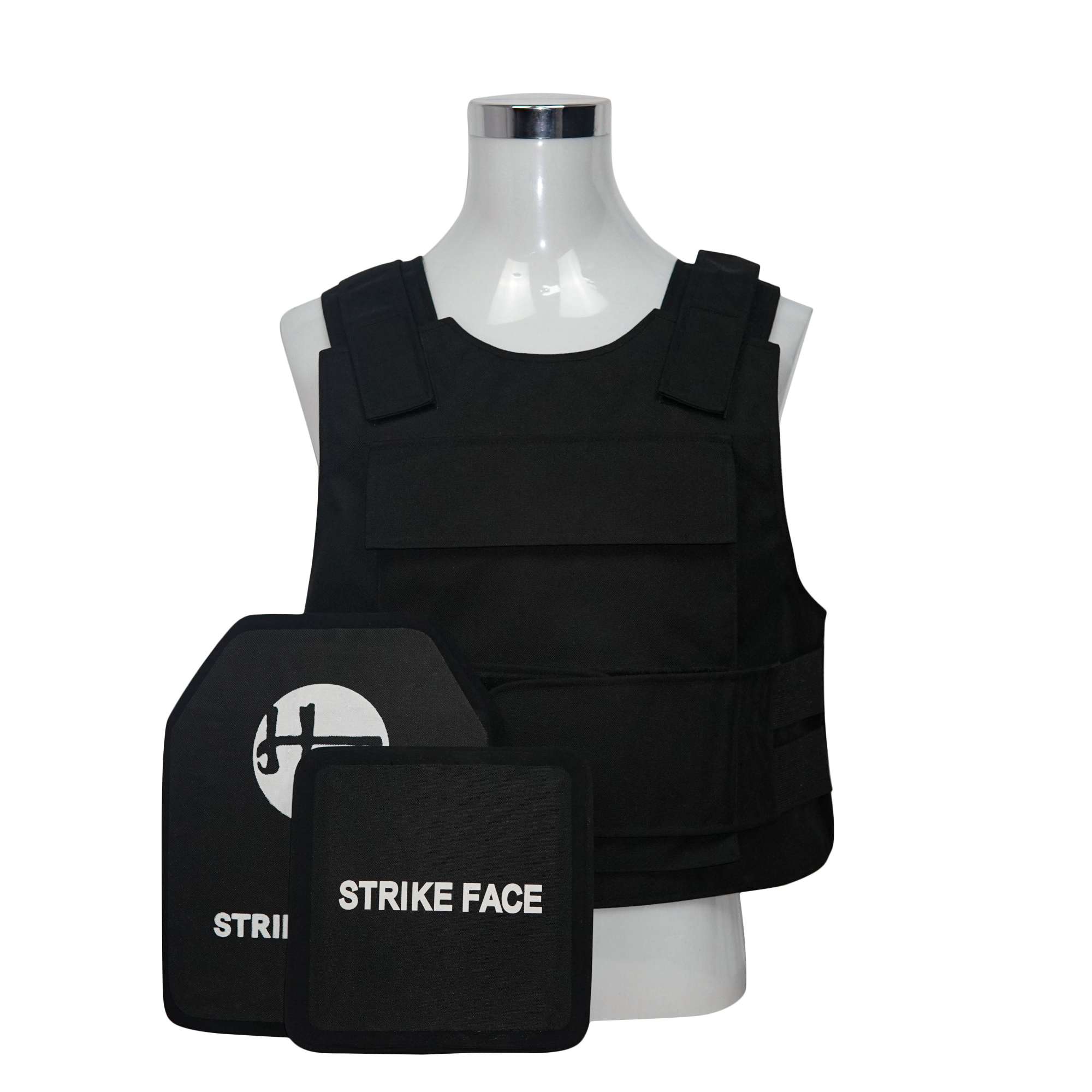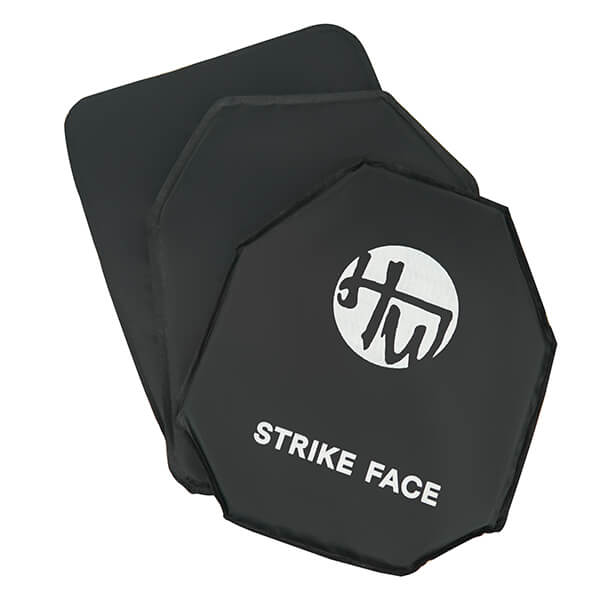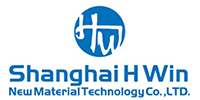Introduction
When it comes to personal protection, ESAPI plates (Enhanced Small Arms Protective Inserts) are a critical component of modern body armor types. These plates are designed to offer significant ballistic protection against a variety of threats. These plates are engineered to defend against higher-velocity and armor-piercing threats that often surpass the capabilities of standard Small Arms Protective Insert (SAPI) plates.
The choice between lightweight and heavy ESAPI plates can dramatically impact your mobility, endurance, and overall effectiveness. Understanding this distinction is crucial for anyone from military personnel and law enforcement officers to civilians seeking reliable protection.

Lightweight ESAPI Plates
Lightweight ESAPI plates are engineered for individuals who require ballistic protection without being unduly encumbered. Speed, agility, and reduced fatigue are paramount for these users.
Materials Used: These plates often utilize cutting-edge materials like:
- Ultra-High Molecular Weight Polyethylene (UHMWPE) as a standalone material.
- Advanced ceramic strike faces (lighter grades) combined with UHMWPE or other composite backings.
- Proprietary hybrid material solutions are designed to shed weight while maintaining good ballistic performance.
Pros
- Enhanced Mobility: Significantly lighter plates allow for faster movement, easier maneuvering in tight spaces, and quicker engagement.
- Reduced Fatigue: Less weight means less strain on the body, crucial for extended operations or long patrols. This directly impacts armor weight and mobility.
- Comfort: Lighter plate carrier inserts generally lead to greater comfort, especially in hot climates or during strenuous activity.
- Often Multi-Hit Capable: Many modern lightweight designs can withstand multiple rounds, though this varies by specific plate and NIJ rating.
Cons
- Protection Level Trade-offs (Potentially): While many lightweight plates offer excellent protection (e.g., NIJ Level III or specialized “III+” ratings against common rifle threats), they might not always match the absolute stopping power of the heaviest NIJ Level IV plates against armor-piercing rounds.
- Cost: Advanced materials used to achieve weight reduction can sometimes result in a higher price point.
Ideal Users: Lightweight ESAPI plates are an excellent choice for:
- Law enforcement officers who need to wear armor for extended shifts.
- Special operations forces require maximum agility.
- Reconnaissance units.
- Civilians are seeking a more manageable and concealable body armor option.
Heavy ESAPI Plates
Heavy ESAPI plates are designed for scenarios where the threat level is exceptionally high, and the primary concern is stopping the most potent ballistic threats, even if it means carrying more weight.
Materials Used: These plates typically feature robust construction:
- Thicker, monolithic ceramic strike faces (e.g., Boron Carbide, Silicon Carbide) for maximum hardness.
- Substantial composite backing materials (e.g., Aramid, layered Polyethylene, fiberglass) to absorb residual energy and prevent spalling.
Pros
- Highest Levels of Ballistic Protection: Heavy ESAPI plates are often rated at NIJ protection levels like Level IV, meaning they are tested to stop armor-piercing rifle rounds. This offers peace of mind in extreme-risk environments.
- Potential Cost-Effectiveness for Top-Tier Protection: For a given high threat level (like NIJ Level IV), traditional heavy ceramic plates can sometimes be more cost-effective than achieving similar protection with exotic lightweight materials.
Cons
- Significant Weight: This is the most notable drawback. Heavier plates can weigh 7-9 lbs or more each, substantially increasing the overall load.
- Reduced Mobility: The added weight directly impacts agility, speed, and the ability to move fluidly.
- Increased Fatigue: Carrying heavy plates for extended periods leads to quicker physical exhaustion and can affect operational readiness.
Ideal Users: Heavy ESAPI plates are generally suited for:
- Front-line combat soldiers operating in environments with known high-velocity or armor-piercing rifle threats.
- Tactical entry teams who anticipate facing heavily armed adversaries.
- Individuals in static positions where mobility is less critical than maximum protection.
Key Differences: Lightweight vs. Heavy ESAPI Plates
Understanding the core distinctions helps in making an informed ESAPI plate comparison. The primary trade-off always revolves around protection vs weight tradeoff (often referred to as protection vs. mobility).
| Feature | Lightweight ESAPI Plates | Heavy ESAPI Plates |
| Primary Goal | Enhanced Mobility, Reduced Fatigue, Good Protection | Maximum Ballistic Protection |
| Typical Weight | Lower (e.g., approx. 3–6 lbs / 1.4–2.7 kg per plate) | Higher (e.g., approx. 6–9+ lbs / 2.7–4.1+ kg per plate) |
| Protection Focus | Often NIJ Level III, III+, Special Threat (threat-dependent) | Often NIJ Level IV (armor-piercing rifle rounds) |
| Mobility | High | Lower |
| Endurance | Better for long durations, less fatigue | Can cause fatigue more quickly |
| Cost | Can be higher due to advanced lightweight materials | Can be more cost-effective for highest NIJ Level IV rating |
| Common Materials | UHMWPE, Hybrid Ceramics, Advanced Composites | Monolithic Ceramics (Boron Carbide, SiC), Robust Backings |
| Armor Durability | Very durable; some materials (like pure PE) more drop-resistant than ceramics | Ceramic plates can crack if dropped; backings help maintain integrity |

How to Choose the Right ESAPI Plate for You
Selecting the appropriate ESAPI plates is a critical decision that hinges on a careful assessment of your individual needs and circumstances. Here are the key factors to guide your choice when choosing body armor:
- Assess Your Threat Level
- What specific threats are you most likely to encounter? Handgun rounds? Common rifle calibers (like 5.56mm or 7.62x39mm)? Armor-piercing ammunition?
- Your anticipated threat level will directly inform the necessary NIJ protection levels. There’s no point in carrying Level IV plates if your primary concern is handgun threats that Level IIIA or III plates can handle with less weight.
- Consider Mission Duration and Mobility Requirements
- Will you be wearing the armor for short periods or extended 8-12 hour shifts?
- Does your role require high mobility, such as running, climbing, or operating in confined spaces? Or are you more likely to be in a static defensive position?
- The longer the duration and the higher the mobility need, the more compelling lightweight ESAPI plates become. This is central to the armor weight and mobility balance.
- Evaluate Your Physical Conditioning
- Be realistic about your physical capacity to carry additional weight. Even a few extra pounds per plate can make a significant difference over time.
- Factor in the rest of your tactical gear or tactical loadout. The plates are just one part of your overall burden.
- Budget and Long-Term Investment
- ESAPI plates, especially high-quality ones, represent a significant investment.
- While cost shouldn’t be the only factor, it’s a practical consideration. Sometimes, a slightly heavier plate might offer the desired protection at a more accessible price point. Conversely, if mobility is paramount, the premium for lightweight plates might be justified.
- Plate Carrier Compatibility
- Ensure the ESAPI plates you choose are the correct size and cut (e.g., SAPI, Shooters Cut, Swimmers Cut) for your existing plate carrier. Plate carrier inserts must fit snugly and correctly for optimal protection and comfort.
By thoughtfully considering these points, you can narrow down your options and make a choice that aligns with your safety needs and operational requirements.
Conclusion
Lightweight ESAPI plates offer greater mobility and comfort, making them ideal for extended wear and fast-paced operations. Heavy ESAPI plates provide enhanced protection but add significant bulk.
The better choice depends on mission requirements—opt for lightweight plates when agility matters, and choose heavy plates when maximum protection is the priority. Each has its own trade-offs.
